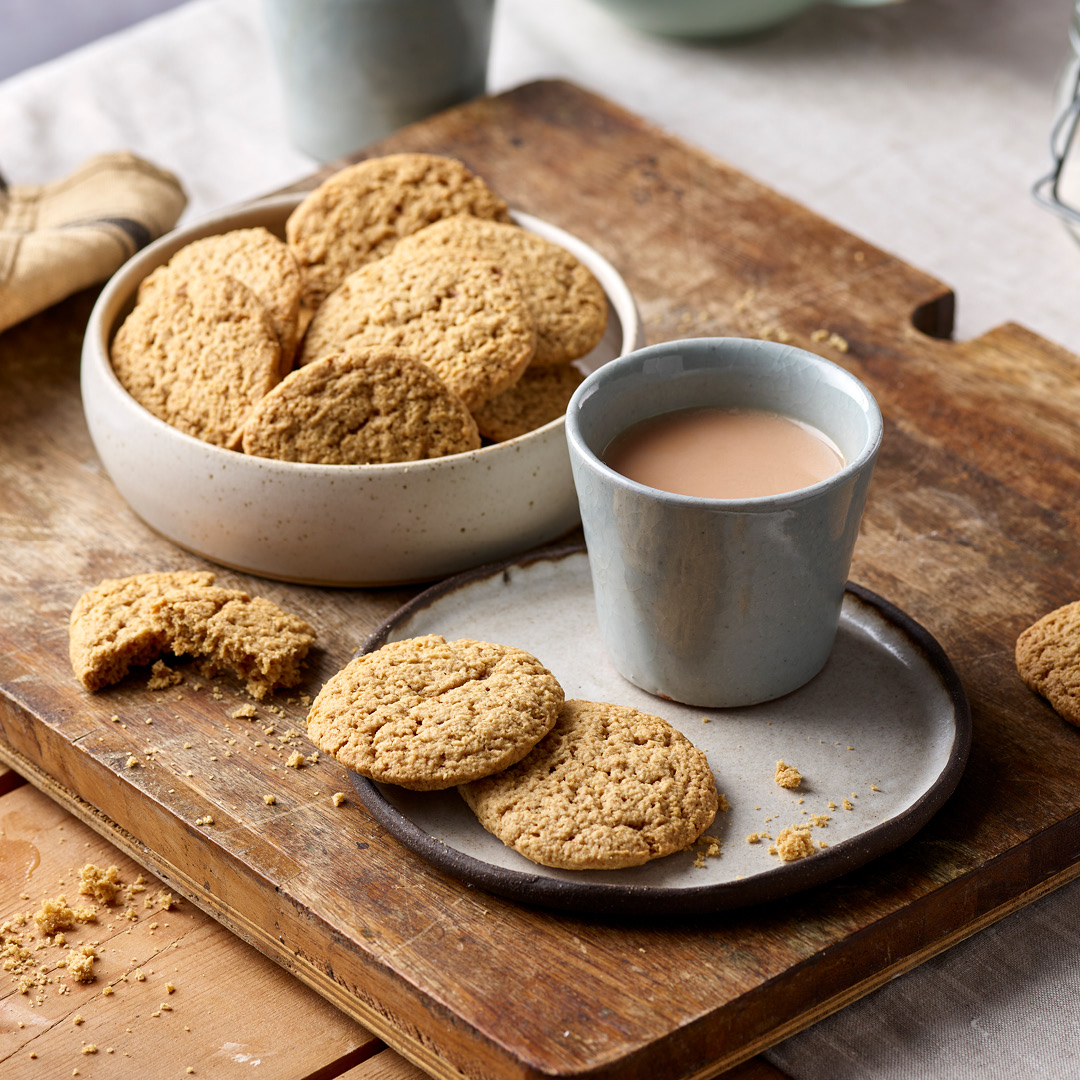

Pasta Flour Fresh Lasagne Sheets
About this recipe:
You can use a rolling pin or a pasta machine to make your own fresh lasagne sheets. This type of pasta is not cooked before assembling into a dish such as Fresh Lasagne Bake.
Equipment:
pasta machine or rolling pin and mixing bowl
Ingredients:
160g Doves Farm Organic Pasta Flour
pinch of fine salt
2 eggs
flour, for dusting
Method:
Fresh Pasta Dough
- Put the flour and salt into a mixing bowl, stir to combine.
- Make a depression in the middle of the flour.
- Break the eggs into the middle and beat them, allowing a little flour to be incorporated each time you stir.
- Continue stirring as the flour mixes in, eventually forming a dough.
- Gather the dough together and knead it for 100 presses to make a smooth ball of dough, adding a little flour only if needed.
- Cover and leave the dough to rest for 15 minutes.
Lasagne Sheets Using a Rolling Pin
- Sprinkle flour over the table and over the rolling pin.
- Cut the pasta into four pieces and roll each piece into a rectangle, turning it over regularly and dusting lightly with flour.
- Take one rectangle and cut that into four pieces.
- Roll each piece into its own rectangle 1mm thick.
- Repeat with the remaining pieces of pasta.
- Dust the pasta lightly with flour to stop it sticking and lay it out for an hour to dry.
- Uncooked lasagne sheets can be chilled for up to 24 hours before using.
- Use lasagne sheets according to your recipe.
Lasagne Sheets Using a Pasta Machine
- Dust the pasta machine and the table liberally with flour.
- Cut the dough into four pieces.
- Flatten each piece of dough and pass it through the widest, flat roller of a pasta machine to make a rectangle.
- Fold the rectangle in half and pass it though the roller two more times.
- Lay the pasta on the table and cut it into 4 rectangular pieces.
- Decrease the roller width and pass each piece through a couple of times, to make a longer rectangle, before returning it to the flour dusted table. If the dough seems sticky dust it with flour.
- Reduce the roller width again and roll each pasta sheet thinner.
- Repeat with all the pieces of dough until they are 1mm thick.
- Dust the uncooked pasta with flour to stop it sticking and lay it out for an hour to dry.
- Uncooked lasagne sheets can be chilled for up to 24 hours before using.
- Use lasagne sheets according to your recipe.
Leave a review?
Leave a Reply
YOU MAY ALSO LIKE





















Rachel
Super easy to make if you have a pasta machine. Nice flour, smooth pasta. I found i needed less sheets for a lasagne than if I were using dried sheets.
Reviewing: Pasta Flour Fresh Lasagne Sheets
Katherine
How easy is this? You often see and hear about people making pasta and they make it sound so simple, and deep down you doubt. This recipe looks simple and is simple, so simple it’s brilliant. Don’t take my word for try it for yourself
Reviewing: Pasta Flour Fresh Lasagne Sheets